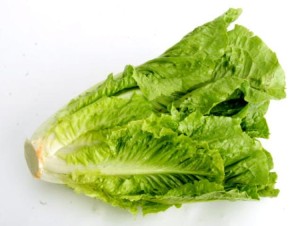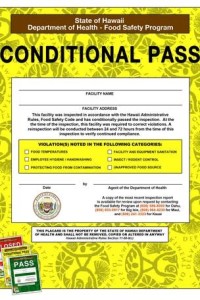The Agricultural Marketing Service (AMS) purchases boneless and ground beef for distribution to recipients through federal nutrition assistance programs, including the National School Lunch Program, which represents 93% of the overall volume.
 Approximately every 2,000 lb (ca. 907 kg) of boneless beef and 10,000 lb (ca. 4,535 kg) of ground beef are designated a “lot” and tested for Escherichia coli O157:H7, Salmonella, standard plate count organisms (SPCs), E. coli, and coliforms. Any lot of beef positive for E. coli O157:H7 or for Salmonella, or any beef with concentrations of organisms exceeding critical limits for SPCs (100,000 CFU g–1), E. coli (500 CFU g–1), or coliforms (1,000 CFU g–1) is rejected for purchase by AMS and must be diverted from federal nutrition assistance programs. From July 2011 through June 2014, 537,478,212 lb (ca. 243,795,996 kg) of boneless beef and 428,130,984 lb (ca. 194,196,932 kg) of ground beef were produced for federal nutrition assistance programs.
Approximately every 2,000 lb (ca. 907 kg) of boneless beef and 10,000 lb (ca. 4,535 kg) of ground beef are designated a “lot” and tested for Escherichia coli O157:H7, Salmonella, standard plate count organisms (SPCs), E. coli, and coliforms. Any lot of beef positive for E. coli O157:H7 or for Salmonella, or any beef with concentrations of organisms exceeding critical limits for SPCs (100,000 CFU g–1), E. coli (500 CFU g–1), or coliforms (1,000 CFU g–1) is rejected for purchase by AMS and must be diverted from federal nutrition assistance programs. From July 2011 through June 2014, 537,478,212 lb (ca. 243,795,996 kg) of boneless beef and 428,130,984 lb (ca. 194,196,932 kg) of ground beef were produced for federal nutrition assistance programs.
Of the 230,359 boneless beef samples collected over this period, 82 (0.04%) were positive for E. coli O157:H7, 924 (0.40%) were positive for Salmonella, 222 (0.10%) exceeded the critical limit for SPCs, 69 (0.03%) exceeded the critical limit for E. coli, and 123 (0.05%) exceeded the critical limit for coliforms. Of the 46,527 ground beef samples collected over this period, 30 (0.06%) were positive for E. coli O157:H7, 360 (0.77%) were positive for Salmonella, 20 (0.04%) exceeded the critical limit for SPCs, 22 (0.05%) exceeded the critical limit for E. coli, and 17 (0.04%) exceeded the critical limit for coliforms.
Cumulatively, these data suggest beef produced for the AMS National School Lunch Program is done so under an adequate food safety system, as indicated by the low percentage of lots that were pathogen positive or exceeded critical limits for indicator organisms.
Microbiological testing results of boneless and ground beef purchased for the national school lunch program, 2011 to 2014
Journal of Food Protection®, Number 9, September 2015, pp. 1624-1769
Doerscher, Darin R.; Lutz, Terry L.; Whisenant, Stephen J.; Smith, Kerry R.; Morris, Craig A.; Schroeder, Carl M.
http://www.ingentaconnect.com/content/iafp/jfp/2015/00000078/00000009/art00005
 The drives were conducted as part of ‘Operation Ruchi,’ the state-wide food safety initiative launched by the Health Department to restrict the use of chemicals and other harmful ingredients in food articles. Sivakumar said the initiative was a big success during Onam season and raids would be continued in the coming days.
The drives were conducted as part of ‘Operation Ruchi,’ the state-wide food safety initiative launched by the Health Department to restrict the use of chemicals and other harmful ingredients in food articles. Sivakumar said the initiative was a big success during Onam season and raids would be continued in the coming days.







